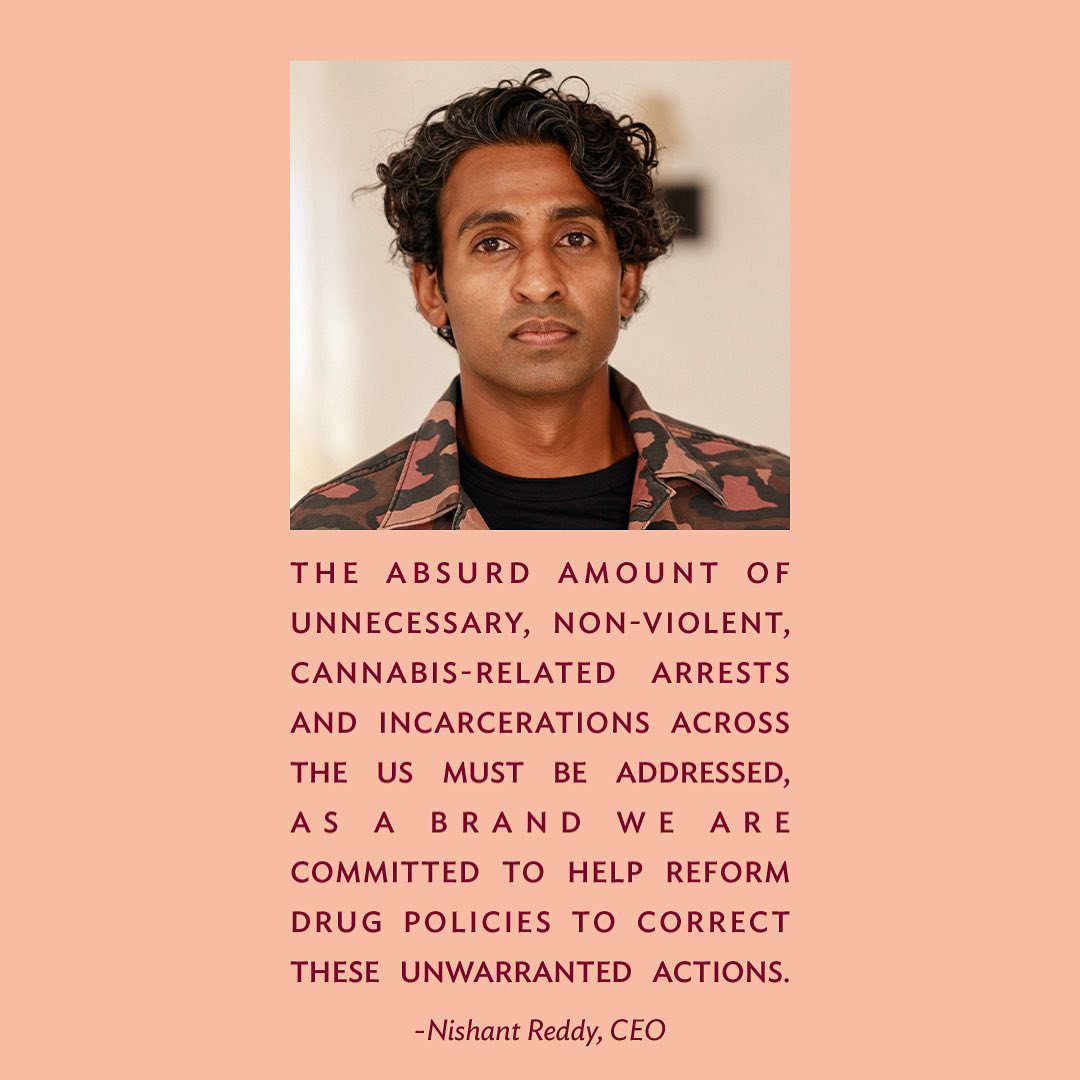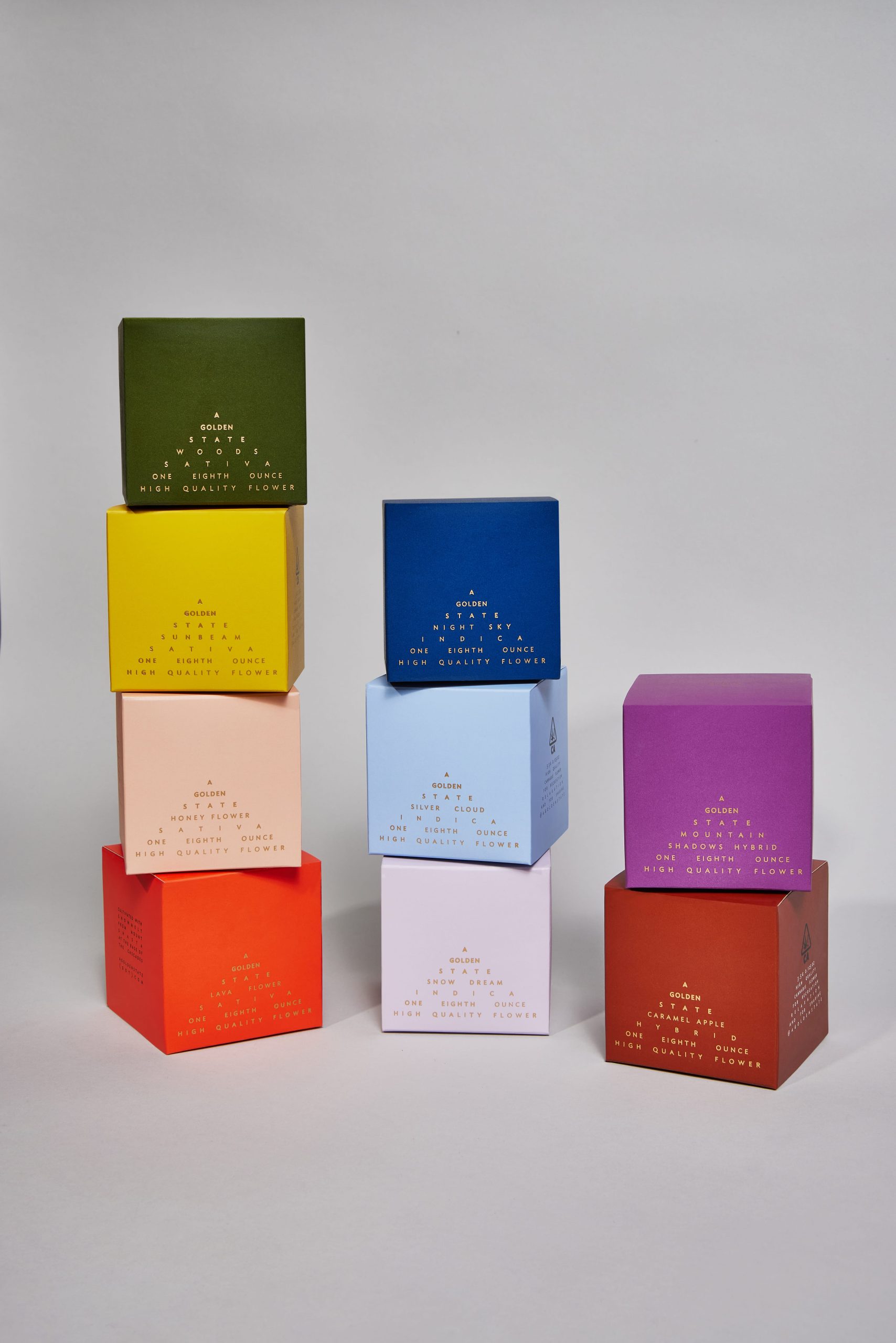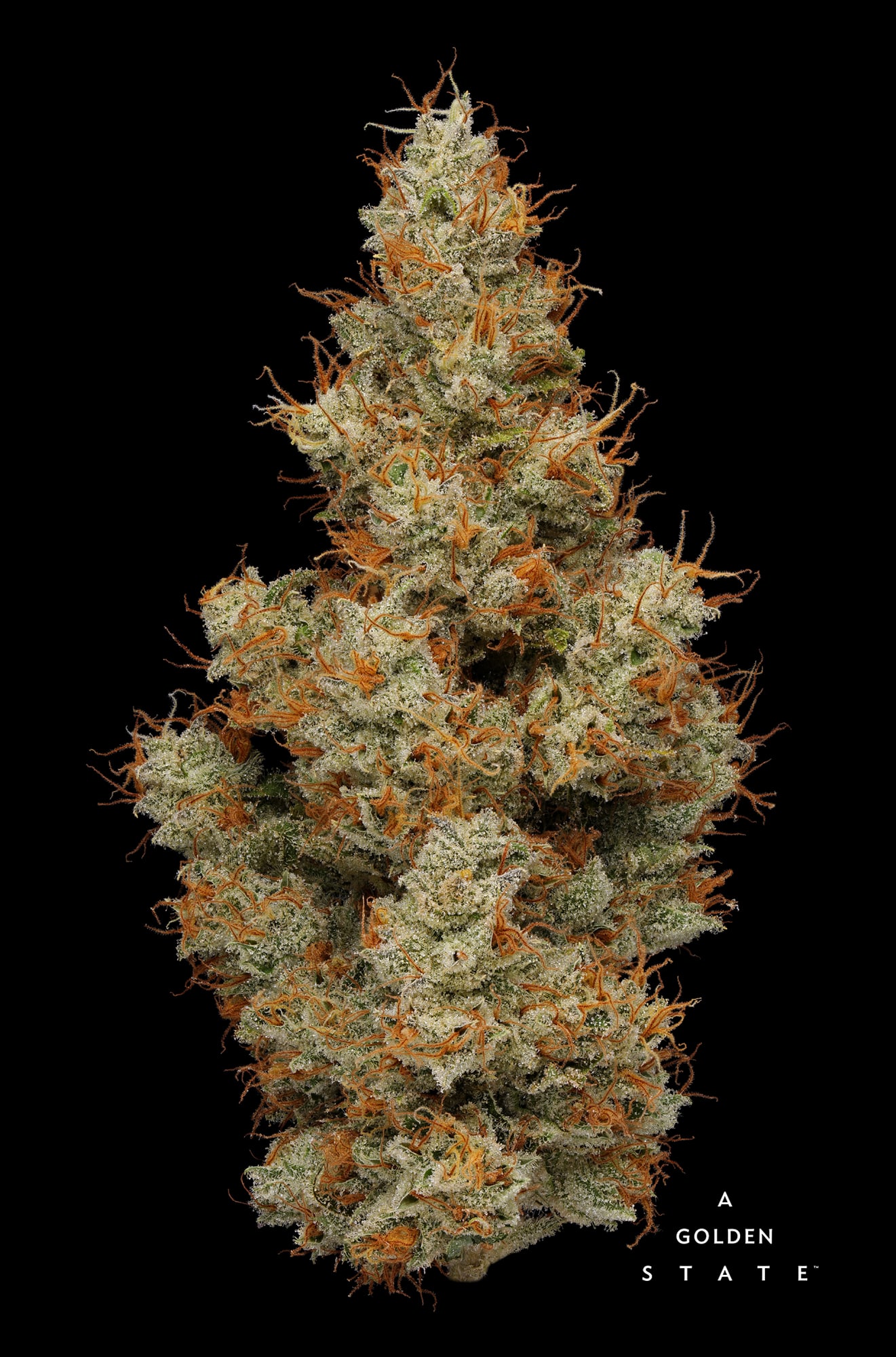
Brought to you by A Golden State
President Nixon’s War On Drugs began in the 1970s, and in the decades since, the public’s attitude on marijuana has drastically shifted. Over the past 25 years, the trajectory that marijuana legalization has taken has been quite affirmative yet unpredictable. In present-day 2022, nearly half of the states in the U.S. have fully legalized cannabis with many others following suit. One of California’s premier cannabis growers, A Golden State, is doing everything in its power to make sure that the marijuana industry, through its core values and legalization processes, becomes as equitable, eco-friendly, and socially justified as possible. To gain a deeper understanding of this perspective, I interviewed the CEO, Nishant, to discuss and hear his thoughts on the future of the marijuana industry, its current trends, and what it means for him to personally play a part in the destigmatization of marijuana.
Concurrent with other growing sectors today, the marijuana industry is attempting to head down a sustainable, more eco-friendly path. Although the cost of sustainability is high, companies in the marijuana industry realize its importance and have introduced techniques such as “green packaging, regenerative farming, outdoor growing, solar energy, and hempcrete.” Not only do these eco-friendly methods of growing and distributing marijuana benefit the environment, but they are also providing a better experience to the consumer, who is intaking a healthier and more pure product that leaves less of a trace.
A Golden State, or AGS, has a core mission of ensuring that their customers are consuming the most eco-friendly and socially justified product. All of their cannabis is grown with 44 °F snowmelt water from Mount Shasta that flows over minerally enriched volcanic rock, meaning the water cannot be replicated and does not undergo reverse osmosis or other purification processes. Additionally, AGS is the first carbon-neutral growing operation in California and is minority-owned. Within the world of marijuana, being a minority-owned business is so powerful because, for countless years, minorities in the US were disproportionately incarcerated and socially burdened for its use and distribution. So, as presidential candidate Elizabeth Warren stated in her campaign, “We cannot allow affluent and predominantly white hedge-funders and capital investors to hoard the profits from the same behavior that led to the incarceration of generations of Black, [Brown], and Latino youth.” This is why A Golden State, rather than being a brand or place, is a movement and state of being.

Since the beginning, cannabis, nature, and culture have intersected, whether it be through the growing processes, packaging, or even its consumption, yet unfortunately, greenwashing is still routine in the industry. For example, certain growers and dispensaries claim to be the best or only utilize natural processes, but at the same time sell their product by the hundreds of thousands in plastic bags. This must change, and A Golden State is leading the way; the company was founded by outdoor enthusiasts with a natural affinity and passion for environmental conservation. From the getgo, AGS was inspired by business models like Patagonia’s that revolve around social justice and sustainability, communal power, and being innovators and pioneers over profitability. This mindset has already allowed AGS to leave a legacy through going completely hydroelectric with their cultivations, using organic growing processes and sustainable sources for their packaging, and even donating to community gardens and helping feed the less fortunate.

A Golden State is quickly separating itself from the competition, but they are only raising the bar with hopes that the rest of the marijuana industry will join them. One of AGS’s principal goals is to break down the long withstanding trends and barriers that have held back the marijuana industry. These include, but are not limited to, the stigmatization and racialization of marijuana, corporatization in the industry, and long political processes in regards to its legalization.
When thinking about the future ahead of the marijuana industry and its advancing legalization, there are two sides to think about; what will ideally versus realistically happen next? When I interviewed Nishant, he speculated that:
“[Ideally,] we would love to see more inclusivity. The corporatization of marijuana leaves a lot of people behind, especially, given its history of burdening minorities. Legalization should improve the lives of more people than less, and state banking and legislature should allow for the sustainable growth of the industry. [Additionally,] we would like to see more people using weed instead of alcohol, tobacco, etc.”
Realistically, though, Nishant pointed out that the path to complete legalization will take a good amount of time. This is due to the long and drawn-out processes of state banking, and that many politicians care more about their vote than social change. Also, as is currently the case in some states, governments will most likely favor bigger corporations with less inclusivity for the small person.
The last topic that Nishant and I discussed had to do with current trends in the cannabis industry. Coming out of the pandemic, the most notable and relevant trend is state-by-state legalization, as state governments are seeking more revenue and job creation, and more consumers are willing to try THC for the first time ever or in a long time. Similarly, greater innovation within the industry is allowing more people to utilize the medicinal properties of cannabis with fewer barriers to entry. For example, patches, oils, lotions, edibles, CBD, and even minimized doses of THC have given the public renewed confidence in enjoying their consumption of cannabis.
On the contrary, the most unfortunate trend we discussed was too many people having the mindset that “stronger is better.” Given the fact that most other industries are not approached with this mindset, why should it be the case with cannabis? Now, it is important for marijuana users to shift focus towards the Entourage Effect, or the relationship between specific terpenes and cannabinoids with THC levels. As Nishant stated in our interview, “if you crank up THC levels but the terpenes and cannabinoids are imbalanced, then there is missing potential.” The three properties work together harmoniously and create A Golden State when sufficiently balanced.
All cannabis is not created equal. The purity, cleanliness, and premium experience provided by A Golden State’s flower should encourage marijuana users to educate themselves on what they are consuming and care about what they are putting in their bodies. AGS is not just making a difference through the quality of its cannabis, but they are also leading the way in being a sustainable, eco-friendly, and diverse role model within the marijuana industry.

If you pay for advertising on Snowbrains, they will remove comments that expose the truth behind the advertiser.
Why is bud sold in 1/8 ounce jars, wrapped in a cardboard box? Sell that shit in 1/2oz or 3/4oz minimums. The box becomes waste in seconds & who needs hundreds of tiny jars sitting around? The cannabis industry needs to rethink its packaging. Doobtubes are tossed on the ground like cig butts, zip bags are everywhere on the streets. Why can’t the buyers bring in their own containers, hit them with some hot steam to sterilize, tare off the weight of the container and filling it with desired amounts? The entire word needs to get back to bulk packaging. Why are products contained in a bag, can or jar, then thrown in a box? STOP THE WASTE, grow that shit yourself.
Legal MJ is the best thing to happen in the US in a long time. How many people died or went to jail to get us that old school Humboldt County green? Now they don’t die, they get rich. Wonder if the ski town coke heads have any idea how many people died to get them that cut up nose candy?
Enough with this Golden State plug.